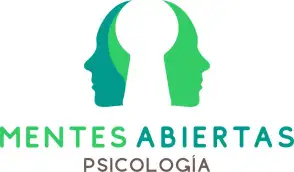Marzano's Taxonomy is an educational framework developed by psychologist and educator Robert Marzano whose main objective is to provide a structure for the planning and evaluation of learning. This approach is based on the idea that there are different levels of knowledge processing, which range from simple memorization to the application and creation of new knowledge. Through Marzano's Taxonomy, educators can design learning experiences that promote deeper and more meaningful thinking in students.
Origins of Marzano's Taxonomy Marzano
Robert Marzano, a renowned educational psychologist, developed Marzano's Taxonomy as a tool to help educators improve their pedagogical practices and facilitate the teaching and learning process. Inspired by earlier models such as Bloom's Taxonomy and Anderson's Taxonomy, Marzano expanded and adapted these concepts to create a more complete and relevant framework for contemporary classrooms.
Goals of Marzano's Taxonomy
One of the main objectives of Marzano's Taxonomy is to provide educators with clear and structured guidance for designing effective learning experiences. By organizing the different levels of knowledge processing into a coherent framework, teachers can better identify learning goals and plan pedagogical strategies that encourage the development of more complex cognitive skills in students.
Components of knowledge Marzano's Taxonomy
Marzano's Taxonomy consists of several interrelated components that cover different aspects of learning. These components include:
These components are not addressed in isolation, but rather interact with each other to facilitate deep and meaningful learning. By integrating these aspects into teaching planning, educators can promote a comprehensive development of students' cognitive abilities.
Application of Marzano's Taxonomy in the Classroom
The Marzano's Taxonomy can be implemented in the classroom in a variety of ways, depending on the learning objectives and specific needs of the students. Some common strategies for applying this framework include:
By integrating Marzano's Taxonomy into the planning and execution of educational activities, students Teachers can create a more enriching and stimulating learning environment for students. This approach focused on the development of higher-order cognitive skills contributes to a deeper and more meaningful education, preparing students to face the challenges of the 21st century.
Benefits of Marzano's Taxonomy
The application of Marzano's Taxonomy in the educational field offers a series of benefits for both students and educators. Some of the most notable benefits include:
In summary, Marzano's Taxonomy is a valuable tool that allows educators to improve the quality of the education they offer, while enhancing the comprehensive development of students. By focusing on different levels of knowledge processing, this approach promotes learning that is deeper, more meaningful and relevant to today's world.
Author: Psychologist José Álvarez


